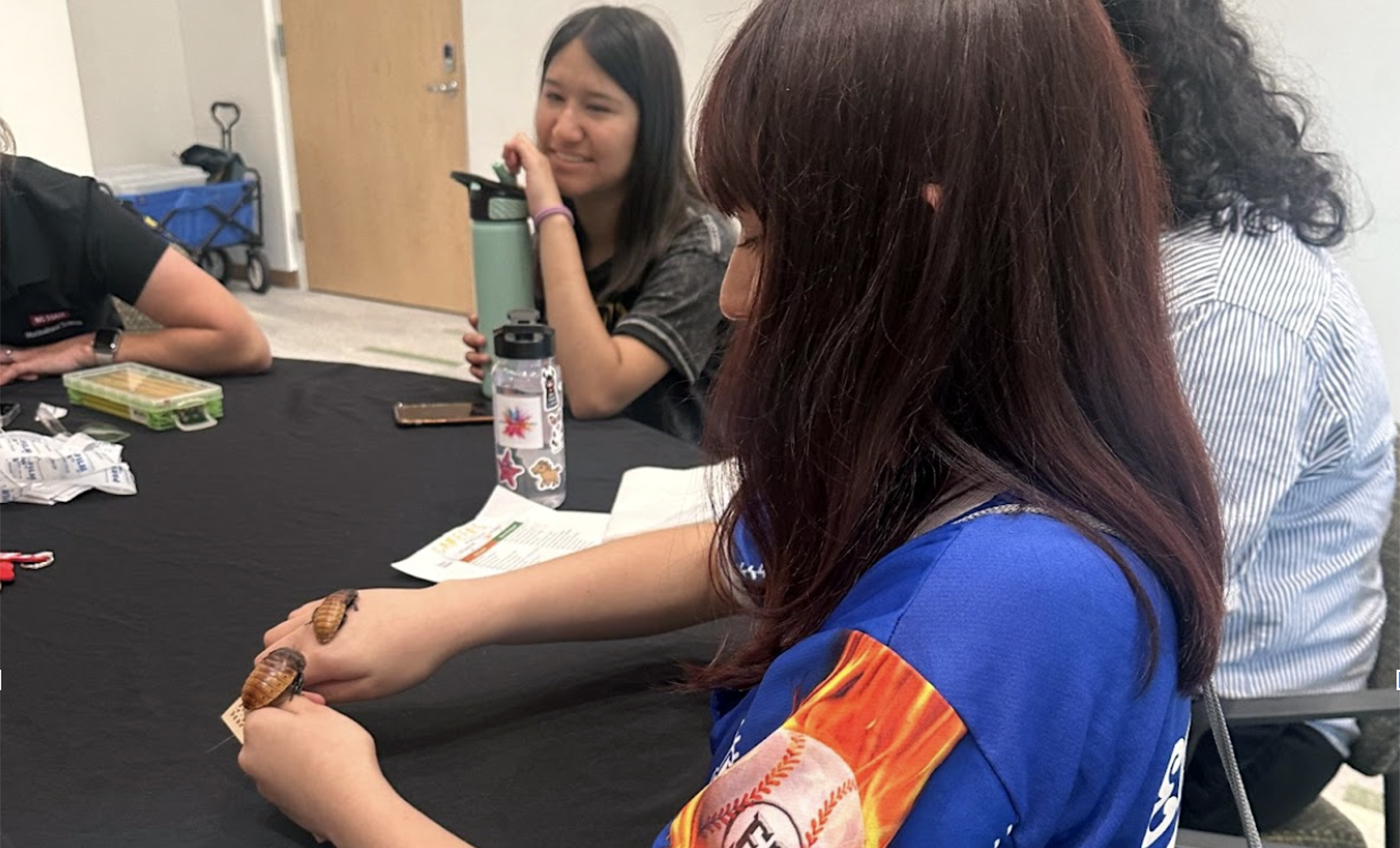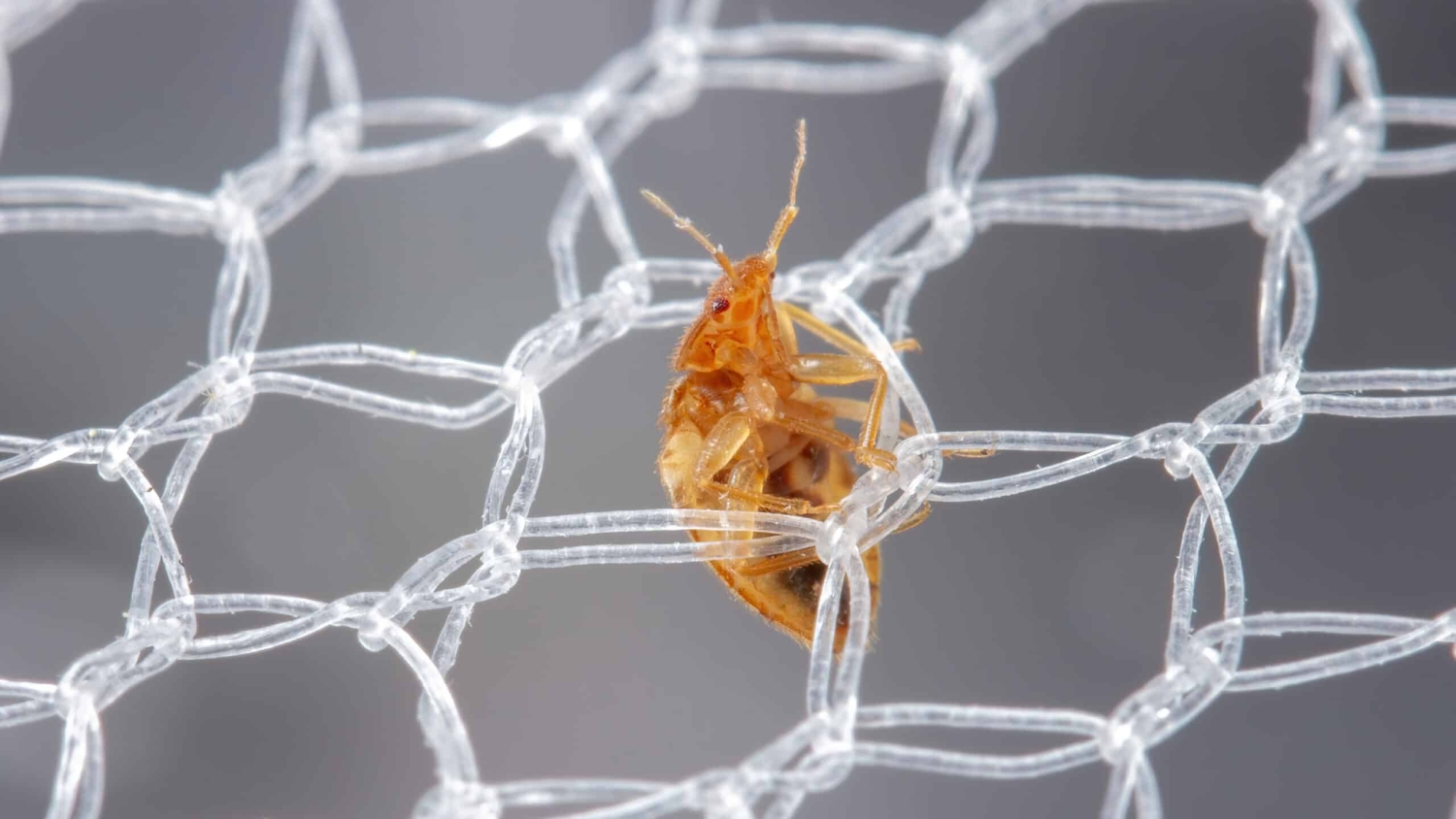The Green Revolution Legacy
“We need another green revolution, and we need it in half the time.”
Those are the words of National Geographic writer Joel Bourne Jr., speaking at the 2014 North Carolina Agriculture and Biotechnology Summit, a two-day think tank hosted in November by the College of Agriculture and Life Sciences and the N.C. Biotechnology Center. The subject on the table was food – and how to keep it on the table for a global population projected to reach 9.5 billion by 2050.
Among the conference discussions and presentations from internationally renowned participants, there emerged consistent themes: Agriculture – what the farmer produces – is our most important industry; resources are precious; and biotechnological advances are essential to meeting future food security needs.
As former N.C. Gov. Jim Hunt said at the summit, “With advances in agriculture and biotechnology, we can have more food to feed people who are hungry. Excellent education and scientific research are the keys to our future.”
And N.C. Sen. Brent Jackson summed it up with, “If farmers are the soul of agriculture, biotechnology is the industry’s heartbeat.”
Food production is the world’s most critical grand challenge. The time is now, and the college is positioned to help find the answers to the big questions surrounding food production.
In this issue of Perspectives, we take you through the summit’s two days, sharing dialogues on technology and choice, GMOs and food safety, the power of plants, innovation in agriculture, facts about waste and want, and the future of food. The conversations take us from pondering the end of plenty to focusing on how our state – and our college – can be a global engine for food production, innovation and enterprise.
It’s important to note that Bourne references the previous Green Revolution: initiatives taking place between the 1940s and 1960s that included the application of modern technology to improve agricultural productivity in the developing world. It was led by Dr. Norman Borlaug, who won the Nobel Peace Prize for his development of high-yielding wheat varieties. And it was Borlaug’s colleague, Dr. Ralph Cummings, who, from 1956 to 1966, helped build research programs and agricultural research universities in India and led the first import of Borlaug’s wheat varieties, which transformed India’s agriculture. Cummings, a 1933 CALS soil science graduate who had a career of world leadership in fighting hunger, oversaw NC State’s technical assistance programs in Peru and the Philippines. He also served as head of the CALS Agronomy Department and as NC State administrative dean of research. Among his many accolades is the Presidential End Hunger Award from USAID.
It’s a legacy CALS is proud of as we embark upon programs that will make possible the next green revolution.
Throughout this issue you’ll find news of our research, extension and teaching efforts in grain production, plant sciences, microbial biology, farm safety, water pollution, horticulture, food processing and so much more. It all exemplifies how we are taking action. Now.
Richard Linton
Dean
College of Agriculture and Life Sciences


